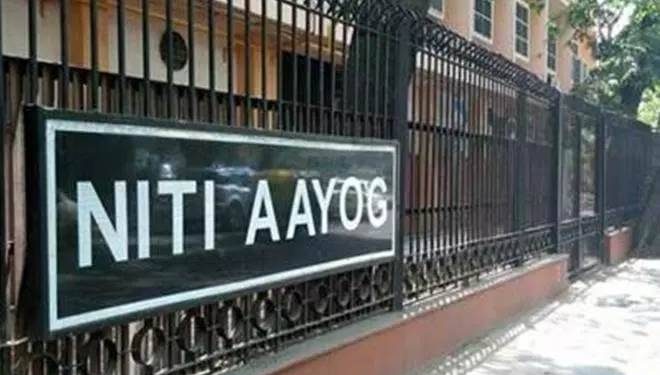New Delhi: In order to promote innovative ideas in backward districts across the country, the NITI Aayog has compiled a series of best practices implemented by several aspirational districts, including six from Odisha.
According to NITI Aayog, sharing of best practices and their subsequent replication by other districts form the very edifice of cooperative federalism model that aspirational district program seeks to promote. Instead of expecting every district to reinvent the wheel, dissemination of such innovative ideas allows them to learn from each other and provides a head start in finding solutions to common problems.
The NITI Aayog has selected the practice of bike ambulance, auto ambulance and delivery van to promote institutional deliveries in Kandhamal district of Odisha. Being a tribal area, traditional healing systems are given more importance over institutional systems leading to several deaths.To bring the community on board, the district doubled its efforts for increasing the demand and supply side interventions. Five ‘Bike Ambulances’ and 11 ‘Janani Auto vehicles’ were deployed in remote pockets. Seven Maternity Waiting Homes (MWHs) were also established to facilitate institutional deliveries.
In Dhenkanal aspirational district, pregnant women were prone to skip radiology tests due to inaccessibility. To facilitate these women, the administration enabled mechanism for mandatory ultrasound sonography (USG) for all pregnant women by scheduling mass USG test dates across the sub-district hospitals under the Kalpana Programme. Bringing all pregnant women together at these hospitals resulted in discussions regarding their lifestyle, food habits and sharing of experiences.
In order to reduce the infant and maternal death, ‘Ama Sankalpa Rath Yatras’ were organised to spread message about precautionary measures for maternal and child health in Rayagada aspiration district of Odisha.
In Koraput, the incidents of Malaria-related deaths were very high due to hilly terrain, forest cover, inadequate health facility coverage and low education levels. To combat this, Mission API–10 was launched July 15, 2017. The two main interventions under API–10 include use of Long Lasting Insecticidal Nets (LLINs) coupled with supply side interventions, complemented by bottom-up incentives and nudges such as ‘bell ringing’ as reminders to use nets and night patrolling by ASHA/AWW/Volunteers. This initiative to create awareness about malaria has brought down the Annual Parasite Incidence (API) to 2 in the affected area.
To promote quality education in Gajapati aspirational district, the state government has launched ‘Teach Gajapati’ campaign under the ‘Mo School’ Abhiyaan. It is an initiative where the alumni of respective schools, interested public and community at large, participate in the overall development of schools.
In order to provide potable water to households in hilly and tribal regions of Kalahandi district, water from springs is collected and distributed for drinking and irrigation purposes through gravity flow system taking advantage of the undulating terrain. Perennial stream water is harnessed in an elevated zone and utilising gravity power, water is brought to the lower-level through PVC pipe along with contours, intermittent outlets and controlling devices.






































